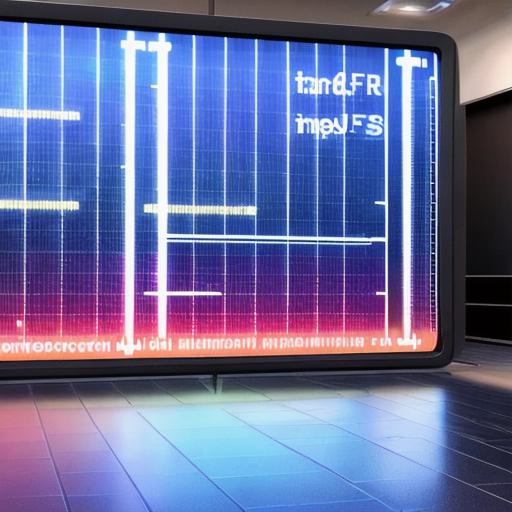Introduction:

Web3 technology has been gaining popularity among developers due to its potential to revolutionize various industries. One of the most important components of Web3 is the use of smart contracts on the Ethereum blockchain. In this article, we will explore the latest advancements in Web3 with Ethereum contracts and how they can be used to improve efficiency, security, and scalability in various applications.
Advancements in Ethereum Contracts:
The Ethereum platform has been continuously evolving to provide better support for smart contracts. Some of the latest advancements include:
- Improved gas efficiency: Gas is a unit of measure for the computational effort required to execute a smart contract. With recent updates, Ethereum has become more efficient in processing transactions, reducing gas costs for users.
- Enhanced security features: Ethereum has implemented various security measures such as Constantinople hardfork and ERC-20 standardization to enhance the safety and security of smart contracts.
- Scalability improvements: The Ethereum network is currently undergoing a major upgrade known as ETH 2.0, which aims to improve scalability by increasing the block size limit and enabling sharding.
Use cases for Ethereum Contracts:

Ethereum contracts have numerous use cases across various industries. Here are some of the most popular use cases:
- Decentralized finance (DeFi): Ethereum contracts are used in DeFi applications such as decentralized exchanges (DEX), lending platforms, and insurance providers to automate transactions and enhance security.
- Supply chain management: Smart contracts can be used to track the movement of goods across the supply chain, ensuring transparency and reducing fraud.
- Voting systems: Ethereum contracts can be used to create secure and transparent voting systems that are resistant to tampering and hacking.
- Gaming: Ethereum contracts can be used to create decentralized games that are fair, transparent, and allow players to earn rewards without relying on a central authority.
Real-life examples of Ethereum Contracts:
- Cryptokitties: Cryptokitties is a blockchain-based game that allows users to collect and breed unique cats. The game uses smart contracts to manage the ownership, transfer, and breeding of cats, ensuring transparency and security.
- 0x Protocol: 0x Protocol is a decentralized exchange built on Ethereum that allows users to trade tokens without relying on a central authority. The platform uses smart contracts to automate trading and ensure liquidity.
- District0x: District0x is a decentralized marketplace built on Ethereum that allows users to create their own marketplaces and govern their operations using smart contracts.
Summary:
Ethereum contracts are a powerful tool for building decentralized applications on the Web3 platform. With recent advancements in gas efficiency, security features, and scalability improvements, Ethereum is becoming an increasingly popular choice for developers looking to build secure, transparent, and efficient applications. As more use cases emerge, we can expect to see even more innovative uses of Ethereum contracts in the future.
FAQs:
Q: What are smart contracts?
A: Smart contracts are self-executing contracts with the terms of the agreement written into code. They enable the automation of complex processes and can be used for various applications such as supply chain management, voting systems, and gaming.
Q: What is Ethereum?
A: Ethereum is a blockchain platform that allows developers to build decentralized applications (dApps) using smart contracts. It is the second-largest cryptocurrency by market capitalization and has been used in various industries such as finance, gaming, and supply chain management.
Q: What are the benefits of using Ethereum contracts?
A: Ethereum contracts offer numerous benefits such as increased efficiency, security, and scalability. They can automate complex processes, reduce transaction costs, enhance transparency, and enable interoperability between different applications.
